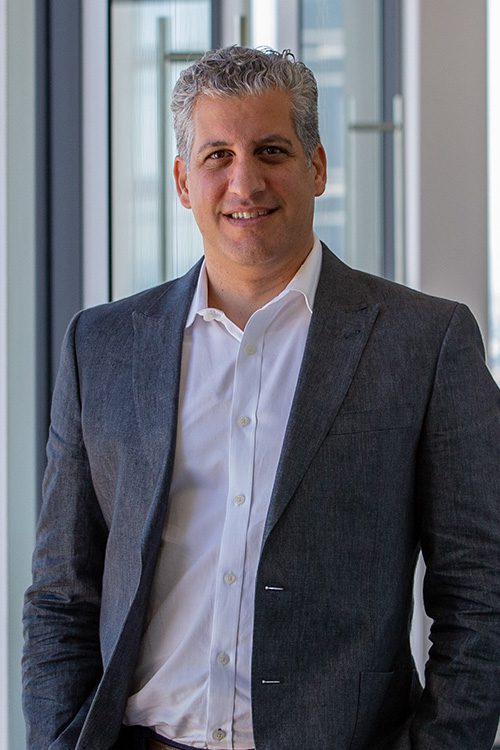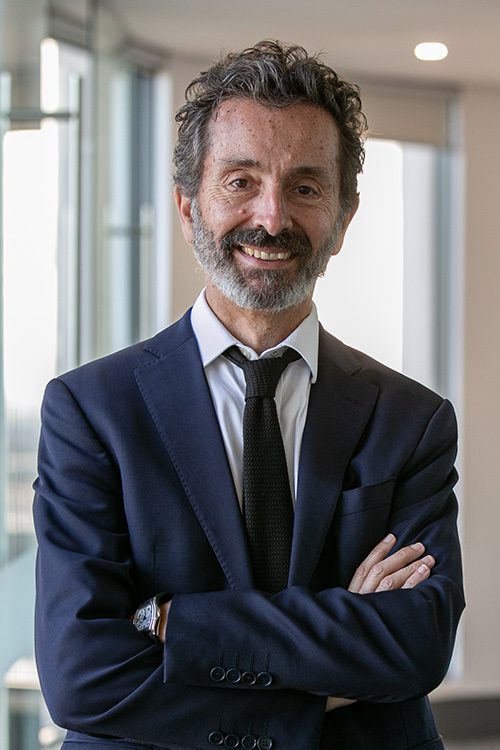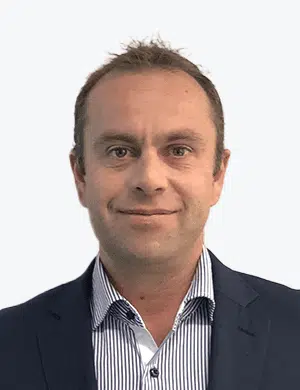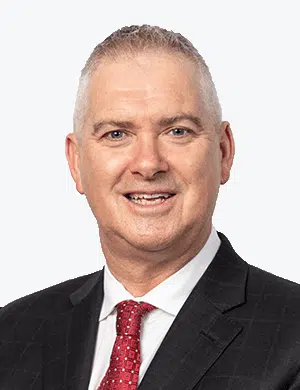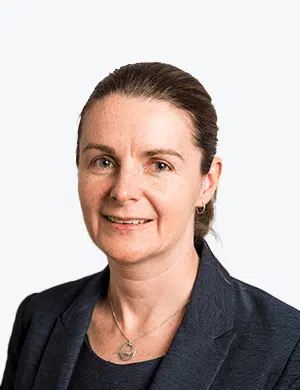The changing shape of healthcare
With a steady aging population, staff shortages, rising care costs and funding trials, it’s fair to say that the healthcare sector is facing a number of challenges; but there’s still one big change that’s set to transform the industry – technology.
Healthcare of the future is going to be very different from today. Technology and innovation are playing a key role in changing the healthcare system. Technological advances such as artificial intelligence (AI), blockchain, robotics and digital health are already transforming the doctor-patient experience and re-inventing the medical profession.
The exponential growth of technology combined with evolving patient behaviours and preferences will create new opportunities and challenges. In today’s digital age, patients are using social media, websites and forums to self-diagnosis and explore remedies.
These changes are creating enormous pressure throughout the industry and innovations such as AI and wearable technologies are changing how care is delivered and paid for, but also transforming business models of hospitals and health providers. As much as businesses focus on finding the right technology solutions, it’s also about changing the culture of healthcare, so innovation is nurtured and start-ups can prosper to keep up with these demands.
Overcoming challenges
Changing culture requires a fundamental reshape in how research is undertaken, so that start-ups can overcome the top challenge they face – funding and commercialisation. Although research in Australia is strong, with world-class research facilities, training and health precincts located around the nation and discoveries being made all the time – the leap from development into commercialisation has followed suit.
The ability to progress ground breaking medical research into a commercialised, successful product such as drugs, medical devices and other products or services that benefit the patient, can commonly fall into the funding gap; what is also known as the ‘valley of death’.
Another contributor to this problem, is the fact that many Australian Medical Research Institutes (MRI) rely on government grants and private donors as a main source of funding. The consequence of this is that they then publish their medical research in support of such funding, but unfortunately by doing so they also forgo IP rights (if not already protected) which leads to a serious problem when trying to commercialise the medical research. According to the Association of Australian Medical Research Institutes (AAMRI), more than 23,000 medical researchers are conducting medical research in MRI, universities and hospitals around the nation. Australia is commonly known as a leading country for science and creativity but has failed to maintain its ranking among the OECD countries when it comes to commercialisation of its innovation. Although some progress has been made over the last few years, we still struggle when it comes to commercialisation of medical research and collaboration between researchers and businesses.
In January 2018, Innovation and Science Australia launched a document with 30 recommendations to strengthen Australia’s innovation performance and put us in the international top-tier by 2030, showing evidence that the government is recognising the importance of innovation to Australia. Australia also has attractive R&D tax incentives already in place to encourage local and international reach.
Improving Business to MRI collaboration
We believe success lies in increased collaboration between MRI and the business community which will improve the chances of commercialisation of some of the incredible research currently being undertaken in Australia. MRI need to embrace the fact that the business community can open the door to global funding pools and international collaboration, and acceleration of their medical research. Furthermore, MRI, universities and hospitals need to protect their IP and appreciate its value earlier in the research stage. A vital step in this process is the development of functional and effective Technology Transfer Office.
The opportunities to innovate has driven non-healthcare companies and healthcare experts to collaborate and create new products and services.
The Health Innovation Series
To help overcome these issues, William Buck, HWL Ebsworth and Westpac host the Health Innovation Series; discussing the leading health issues facing Australians and the accelerated growth of digital health innovation.
The Health Innovation Series is about bringing together innovators, business leaders, industry bodies and government to drive collaboration and initiatives that will benefit the health industry. These events provide a platform for thought leadership and networking to make a positive difference and address ongoing health challenges in Australia.
Emerging technologies and breast cancer
One of the recent topics focused on breast cancer and the positive impacts of emerging technologies. In 2018, it’s estimated that 18,235 Australians will be diagnosed with breast cancer, this is an alarming average of 50 people each day. With today’s modern advancements, we’re seeing the number of people diagnosed with breast cancer in Australia increasing, but the number of deaths from breast cancer decreasing.
With early detection making it much easier to treat the disease, it’s also having an impact on reducing the healthcare costs over time. Not only is technology changing the patient experience, it’s having a huge impact on medical processes and the practices of healthcare professionals.
Breast Cancer Network Australia (BCNA) recently announced the Government’s plans to fast-track the process of creating an item number for 3-D mammography following the MBS Review Taskforce Diagnostic Imaging Committee’s positive recommendation. This will hopefully make such procedures more affordable and more accessible to Australians.
Three-dimensional mammography creates a three-dimensional picture of the breast using X-rays. Several low-dose images from different angles around the breast are used to create the 3-D picture. This is in comparison to a conventional mammogram that creates a two-dimensional image of the breast from two X-ray images of each breast.
Several studies have found that 3-D mammograms find more cancers than traditional 2-D mammograms and also reduce the number of false positives. The future of breast cancer screening also looks to include blood tests that can detect circulating tumour DNA.
“Potentially they could save more lives,” says Chris Pettigrew, research director of the National Breast Cancer Foundation, which is funding the research.
A simple blood test could replace uncomfortable mammograms in detecting breast cancer after ground-breaking Australian research. The test coupled with new 3D mammograms are being pioneered by two Australian doctors and will change the way to diagnose cancer that kills about 3000 women and men a year.
As a recent guest speaker at one of the events, The Honourable Nick Greiner AO, former Premier and Treasurer of NSW and Federal President of the Liberal Party shared his personal experience surviving breast cancer and the shift he’s seen with changes in technology, since his own diagnosis.
To support the development of disruptive medical technologies, it’s not just the responsibility of the health industry. It requires advocates in all aspects of business and champions such as the Hon. Nick Greiner who can bring personal experiences and insights. It is hoped that by bringing experts from across a number of industries, more emerging technologies can become commercialised and we can change the culture to keep up with the increased pressure and new demands.

